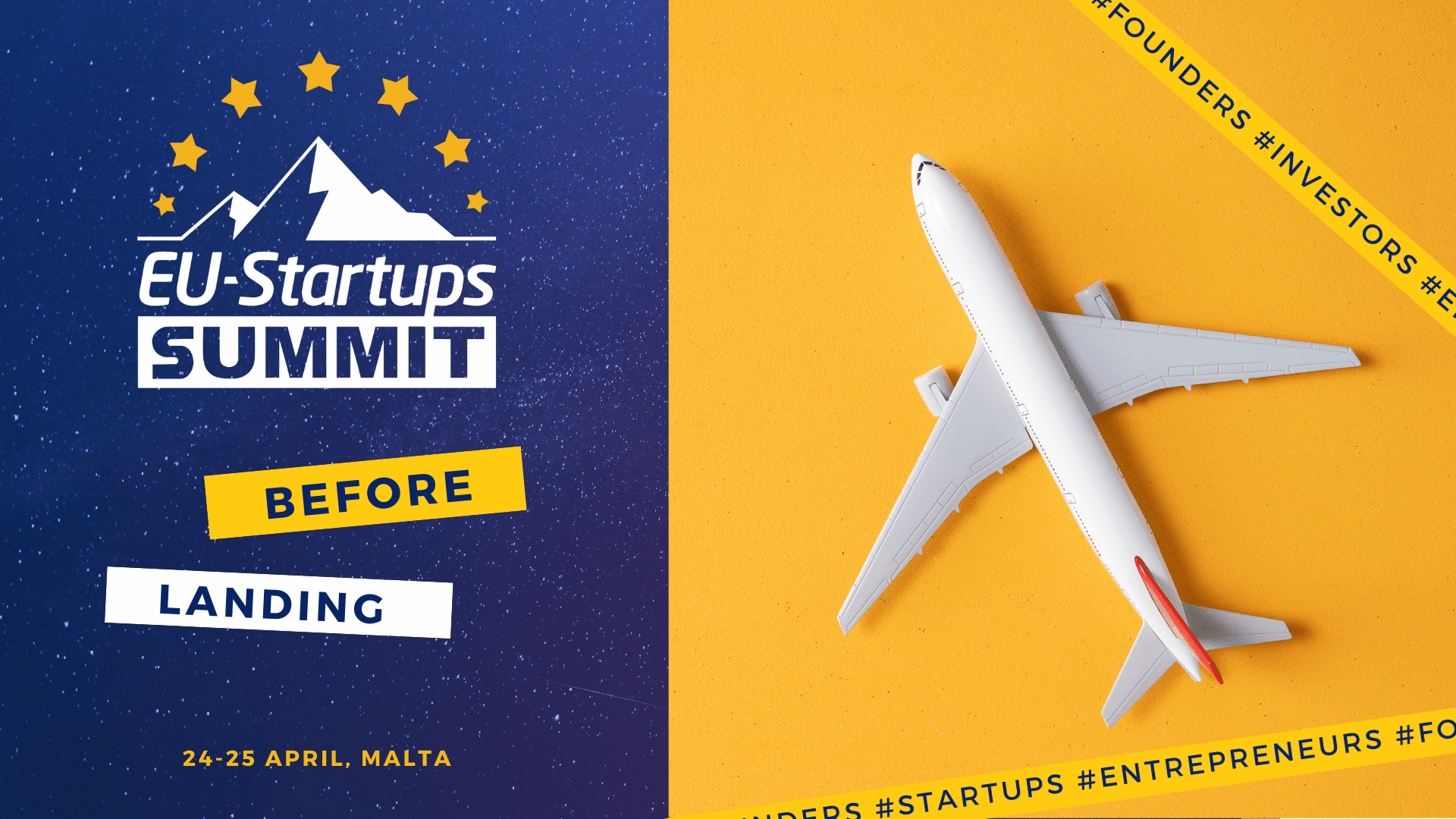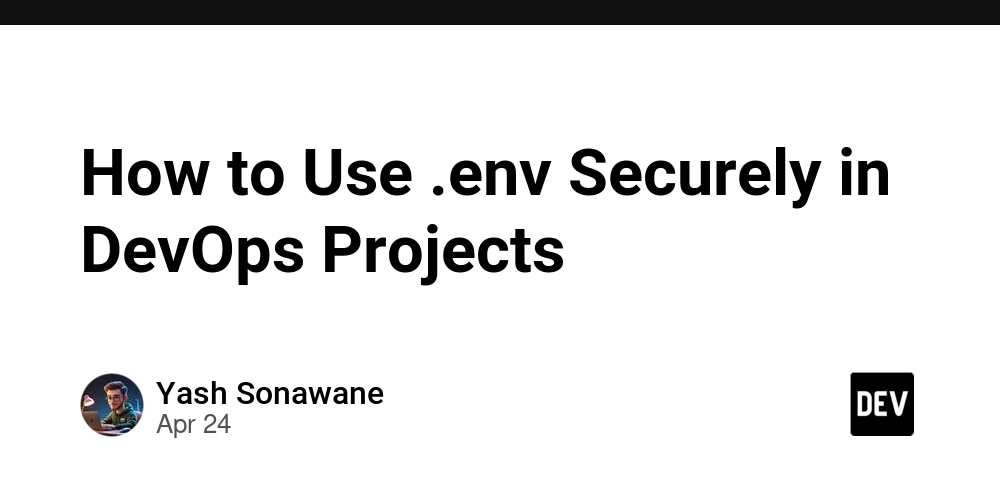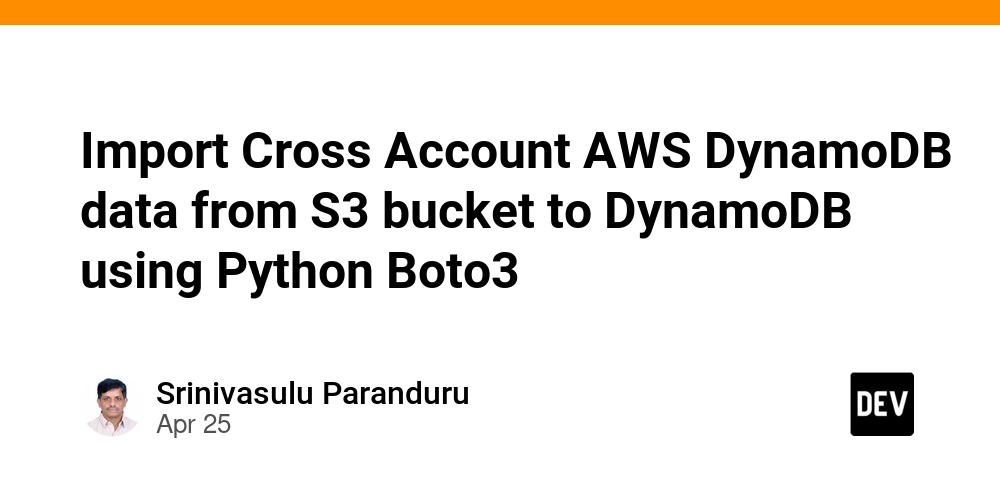Navigating the Blockchain Financing Maze: Strategies for Funding Projects in Bear Markets
Abstract In today’s evolving blockchain environment, securing funding during bear markets is a complex yet navigable challenge. This post explains proven strategies for attracting investment, outlines alternative financing options such as venture capital, token offerings, strategic partnerships, and grants, and offers actionable advice on building a robust project narrative and investor confidence. We also explore regulatory challenges, the role of community engagement, and cutting-edge funding trends from both traditional finance and emerging decentralized platforms. Throughout, we integrate insights from recent Dev.to discussions for developers and innovators, and practical examples to help blockchain entrepreneurs thrive in the toughest market cycles. Introduction Blockchain technology continues to reshape industries, but funding remains a major challenge—especially during bear markets when liquidity is tight and investor expectations are high. Blockchain projects must now balance innovation with solid proof-of-concept and clear value propositions to secure investment. In this post, we expand upon the concepts presented in the original article "Navigating the Blockchain Financing Maze: Strategies for Funding Projects in Bear Markets" while incorporating additional insights from the broader blockchain and open source developer communities. We focus on key themes including funding dynamics, alternative financing models, strategic partnerships, regulatory compliance, and community building. Background and Context Blockchain is defined as a decentralized ledger that provides secure, transparent record keeping, and has applications across finance, healthcare, supply chains, and more. As described in what is blockchain, this technology has grown into an ecosystem that supports cryptocurrencies, decentralized finance (DeFi), and tokenized assets. However, market cycles are inevitable, and during bear markets, reduced asset values and capital scarcity force projects to exhibit clear operational viability and tangible market potential. Historically, blockchain projects have relied on initial coin offerings (ICOs) for early-stage funding, but today’s regulatory landscape calls for more compliant strategies such as Security Token Offerings (STOs) and Initial Exchange Offerings (IEOs) as noted by resources like Investopedia’s Security Token Offerings. Further, the ecosystem is witnessing a shift toward alternative financing models including venture capital and crowdfunding which underscore the importance of financial stewardship and robust risk management practices. Core Concepts and Features The following sections detail the core funding dynamics and strategies blockchain projects must master when navigating difficult market cycles: Funding Dynamics in Bear Markets During bear markets, investor expectations are markedly different: Shift in Investor Expectations: Investors demand a strong proof-of-concept along with clear use cases before committing funds. Projects must demonstrate operational viability and revenue potential. For instance, learning methods on how to value a blockchain project can offer clarity on market positioning. Reduced Availability of Capital: With less disposable capital available, competition is fierce. Projects are driven to stand out and re-negotiate lower valuations while maintaining future equity retention. Valuation Adjustments: Lower valuations are common during downturns, requiring project teams to balance attractive investor incentives with long-term growth prospects. Alternative Funding Options Projects are turning to a broad spectrum of funding models: Venture Capital and Private Equity: Despite market slowdowns, many investors view downturns as opportunities for long-term gain. Detailed approaches to equity funding for blockchain startups can help articulate robust revenue strategies. Token Offerings – IEOs and STOs: With ICOs in decline, IEOs and STOs have emerged as regulated alternatives that combine regulatory compliance with enhanced investor trust. Strategic Partnerships and Joint Ventures: Collaborations can bring both funding and market access. Finding partners with complementary technologies and customer bases is vital; see blockchain project partnerships for more information. Grants and Incubators: Grants from organizations like ConsenSys support projects by rewarding innovative use cases and technology breakthroughs. Visit ConsenSys for details on available programs. Retail Investment Platforms: Crowdfunding via platforms like Kickstarter or specialized blockchain crowdfunding portals (crowdfunding for blockchain startups) empower community-driven funding based on strong project narratives. Strategies for Attracting Investment Successful projects combine multiple strategies: Building a Strong Value Proposition: Clearly articulate the problem your project solves with innovati
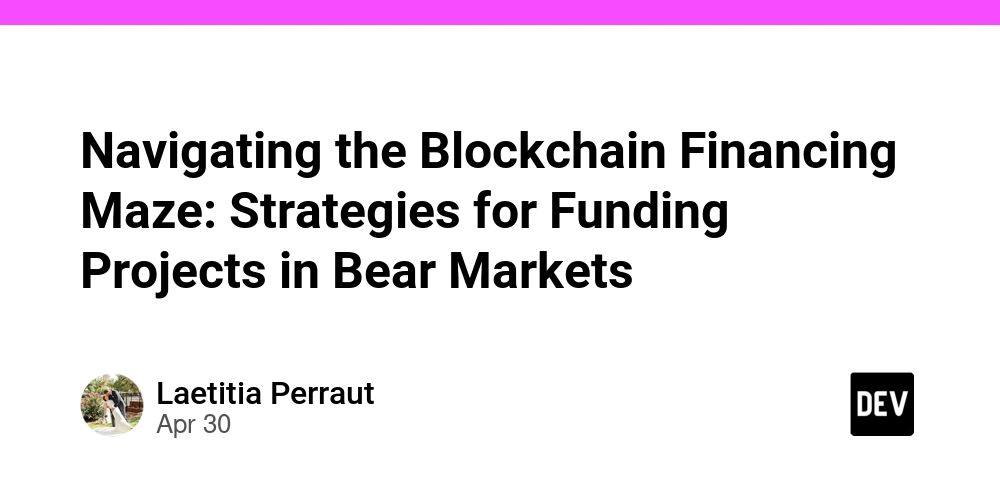
Abstract
In today’s evolving blockchain environment, securing funding during bear markets is a complex yet navigable challenge. This post explains proven strategies for attracting investment, outlines alternative financing options such as venture capital, token offerings, strategic partnerships, and grants, and offers actionable advice on building a robust project narrative and investor confidence. We also explore regulatory challenges, the role of community engagement, and cutting-edge funding trends from both traditional finance and emerging decentralized platforms. Throughout, we integrate insights from recent Dev.to discussions for developers and innovators, and practical examples to help blockchain entrepreneurs thrive in the toughest market cycles.
Introduction
Blockchain technology continues to reshape industries, but funding remains a major challenge—especially during bear markets when liquidity is tight and investor expectations are high. Blockchain projects must now balance innovation with solid proof-of-concept and clear value propositions to secure investment. In this post, we expand upon the concepts presented in the original article "Navigating the Blockchain Financing Maze: Strategies for Funding Projects in Bear Markets" while incorporating additional insights from the broader blockchain and open source developer communities. We focus on key themes including funding dynamics, alternative financing models, strategic partnerships, regulatory compliance, and community building.
Background and Context
Blockchain is defined as a decentralized ledger that provides secure, transparent record keeping, and has applications across finance, healthcare, supply chains, and more. As described in what is blockchain, this technology has grown into an ecosystem that supports cryptocurrencies, decentralized finance (DeFi), and tokenized assets. However, market cycles are inevitable, and during bear markets, reduced asset values and capital scarcity force projects to exhibit clear operational viability and tangible market potential.
Historically, blockchain projects have relied on initial coin offerings (ICOs) for early-stage funding, but today’s regulatory landscape calls for more compliant strategies such as Security Token Offerings (STOs) and Initial Exchange Offerings (IEOs) as noted by resources like Investopedia’s Security Token Offerings. Further, the ecosystem is witnessing a shift toward alternative financing models including venture capital and crowdfunding which underscore the importance of financial stewardship and robust risk management practices.
Core Concepts and Features
The following sections detail the core funding dynamics and strategies blockchain projects must master when navigating difficult market cycles:
Funding Dynamics in Bear Markets
During bear markets, investor expectations are markedly different:
Shift in Investor Expectations:
Investors demand a strong proof-of-concept along with clear use cases before committing funds. Projects must demonstrate operational viability and revenue potential. For instance, learning methods on how to value a blockchain project can offer clarity on market positioning.Reduced Availability of Capital:
With less disposable capital available, competition is fierce. Projects are driven to stand out and re-negotiate lower valuations while maintaining future equity retention.Valuation Adjustments:
Lower valuations are common during downturns, requiring project teams to balance attractive investor incentives with long-term growth prospects.
Alternative Funding Options
Projects are turning to a broad spectrum of funding models:
- Venture Capital and Private Equity: Despite market slowdowns, many investors view downturns as opportunities for long-term gain. Detailed approaches to equity funding for blockchain startups can help articulate robust revenue strategies.
- Token Offerings – IEOs and STOs: With ICOs in decline, IEOs and STOs have emerged as regulated alternatives that combine regulatory compliance with enhanced investor trust.
- Strategic Partnerships and Joint Ventures: Collaborations can bring both funding and market access. Finding partners with complementary technologies and customer bases is vital; see blockchain project partnerships for more information.
- Grants and Incubators: Grants from organizations like ConsenSys support projects by rewarding innovative use cases and technology breakthroughs. Visit ConsenSys for details on available programs.
- Retail Investment Platforms: Crowdfunding via platforms like Kickstarter or specialized blockchain crowdfunding portals (crowdfunding for blockchain startups) empower community-driven funding based on strong project narratives.
Strategies for Attracting Investment
Successful projects combine multiple strategies:
- Building a Strong Value Proposition: Clearly articulate the problem your project solves with innovative technology and operational models.
- Focused Roadmaps and Milestones: Clearly defined milestones provide measurable progress, reassuring investors.
- Robust Risk Management: Effective financial and operational risk management, as described in risk management strategies, can insulate projects during volatility.
- Community Engagement and Development: An active and transparent community builds organic support and investor validation. Regular updates and engagement are key.
- Leveraging Intellectual Property: Demonstrate proprietary technology as evidence of competitive advantages, increasing investor confidence in future monetization.
The following table outlines primary funding options with their key features:
| Funding Option | Key Features | Pros | Cons |
|---|---|---|---|
| Venture Capital / Private Equity | Equity-based, long-term investment | Strategic guidance; large capital | Rigorous due diligence; dilution |
| Token Offerings (IEOs/STOs) | Regulated, token-based funding | Speed; broader market participation | Regulatory uncertainty; market volatility |
| Strategic Partnerships | Joint ventures with established companies | Shared resources; market expansion | Coordination complexities |
| Grants & Incubators | Non-dilutive funding from institutions | No equity loss; mentorship opportunities | Limited availability; competitive |
| Retail Crowdfunding | Community-based funding with narratives | Strong community support; low entry barrier | Smaller sums; campaign overhead |
Applications and Use Cases
Blockchain funding strategies are not one-size-fits-all. Real-world examples include:
DeFi Project Funding:
Projects in decentralized finance must demonstrate robust use cases like yield farming, staking, and decentralized exchange integrations. A project may secure funding by clearly outlining revenue models and risk management practices.NFT and Digital Asset Platforms:
With the popularity of digital art and collectibles, NFT platforms often leverage community engagement and retail crowdfunding to launch. For example, projects that integrate NFTs with governance tokens attract both retail investors and institutional capital.Open Source and Developer-Funded Projects:
Utilizing funding models such as GitHub Sponsors and community grants, projects using open source frameworks can maintain continuous development without diluting control. Insights on these models are further discussed in navigating blockchain project funding challenges.
Challenges and Limitations
Despite numerous opportunities, several challenges persist:
Technical and Regulatory Complexity:
Navigating token offerings and maintaining compliance is challenging. As projects expand globally, understanding regional regulations and ensuring data protection is critical. Visit CoinDesk for recent regulatory updates in blockchain.Market Volatility:
Bear markets come with high asset volatility. Projects must adopt agile practices to quickly adjust their strategies.Investor Skepticism:
Due to previous market cycles and failed projects, many investors remain cautious. Providing detailed risk management measures and a clear roadmap can help alleviate these concerns.Equity Dilution vs. Growth:
In seeking external funding, projects often face the dilemma of dilution of ownership versus the need for rapid scaling.Adoption and Integration Challenges:
Even with solid funding, technical challenges in scalability, cybersecurity, and interoperability require constant evolution of the project infrastructure.
Here is a bullet list summarizing key challenges:
- Navigating regional and global regulations
- Ensuring robust cybersecurity and data protection
- Balancing investor demands with long-term vision
- Managing dilution while funding rapid growth
- Maintaining community engagement during downturns
Future Outlook and Innovations
Looking ahead, blockchain funding is expected to evolve alongside technology:
Enhanced Regulatory Frameworks:
As regulators better understand blockchain projects, clearer guidelines should emerge. This clarity will help projects secure funding more confidently while complying with local laws.Decentralized Finance Integration:
Funding models that merge traditional venture capital with decentralized finance mechanisms (such as yield farming and liquidity pools) are gaining traction. For example, navigating the financial sustainability in open source projects highlights the convergence between open source development and decentralized finance.Blockchain Interoperability:
Interoperability improvements, as demonstrated by platforms like Arbitrum and Ethereum side-chains, will allow projects to scale their technology networks. Discussions on exploring the future of blockchain innovation with Arbitrum provide insight into how these improvements help projects thrive even in down cycles.Tokenization of Ecosystem Assets:
Beyond funding, tokenization offers new revenue streams. Intellectual property, revenue shares, and community rewards can be tokenized to create continuous funding models without traditional equity dilution.Open Source Sustainability:
With increasing support from platforms like GitHub Sponsors and innovative models like License Token, open source projects can achieve financial sustainability without compromising community engagement.
Additional Perspectives from the Developer Community
The developer community continues to share innovative funding strategies and lessons learned through platforms like Dev.to. For instance, one post on unlocking potential open source project funding platforms highlights models that integrate both public and private funding mechanisms. Moreover, discussions in the article navigating blockchain project funding challenges provide real-world examples and case studies that illustrate both successes and pitfalls.
These shared insights not only accentuate the importance of diverse funding streams but reinforce that agile management, transparency, and state-of-the-art risk assessment techniques are imperative during financially turbulent periods.
Structured Funding Strategy Checklist
To summarize, blockchain projects can consider the following strategy checklist to navigate funding in bear markets:
- Value Proposition: ✓ Clearly articulate unique selling points and practical use cases.
- Operational Roadmap: ✓ Establish clear, measurable milestones with timelines.
- Risk Management: ✓ Develop robust contingency and risk management plans.
- Regulatory Compliance: ✓ Stay updated on regulatory developments (see CoinDesk).
- Community Engagement: ✓ Build and nurture an active, transparent community.
- Diversified Funding Options: ✓ Explore venture capital, token offerings, strategic alliances, grants, and crowdfunding.
Summary
Fundraising in blockchain bear markets requires resilience, adaptability, and a well-articulated strategy. The evolving landscape calls for a multifaceted approach that blends traditional finance methods with contemporary decentralized models. Entrepreneurs must invest in creating a strong value proposition, focus on tangible milestones, manage risks prudently, and continuously engage with their communities. As the regulatory framework matures and blockchain interoperability improves, projects will find it easier to attract capital while minimizing dilution.
By following strategies such as tapping into venture capital, leveraging token offerings such as IEOs and STOs, entering strategic partnerships, and utilizing grants from incubators, blockchain projects can overcome the challenges posed by limited liquidity and investor skepticism during downturns. Insights from related resources such as how to value a blockchain project and community discussions on Dev.to demonstrate that a well-planned funding strategy can not only help projects survive bear markets but also position them for explosive growth in future upcycles.
As the ecosystem advances, projects that embrace these funding strategies will be well-positioned to lead the charge in technological innovation and financial transformation. With improvements in regulatory clarity and growing support from both decentralized and traditional funding sources, the future of blockchain funding is bright and filled with opportunity.
For further reading and insights, check out additional resources from the open source and blockchain communities:
- Navigating Blockchain Project Funding Challenges
- Exploring the Future of Blockchain Innovation with Arbitrum
- Unlocking Potential Open Source Project Funding Platforms
These articles provide a complementary perspective on the challenges and opportunities described here. In conclusion, whether you are a startup or an established blockchain firm, a proactive and diversified funding strategy will help you navigate the financing maze during bear markets while laying the groundwork for long-term success.





























![[Free Webinar] Guide to Securing Your Entire Identity Lifecycle Against AI-Powered Threats](https://blogger.googleusercontent.com/img/b/R29vZ2xl/AVvXsEjqbZf4bsDp6ei3fmQ8swm7GB5XoRrhZSFE7ZNhRLFO49KlmdgpIDCZWMSv7rydpEShIrNb9crnH5p6mFZbURzO5HC9I4RlzJazBBw5aHOTmI38sqiZIWPldRqut4bTgegipjOk5VgktVOwCKF_ncLeBX-pMTO_GMVMfbzZbf8eAj21V04y_NiOaSApGkM/s1600/webinar-play.jpg?#)









































































































































![[The AI Show Episode 145]: OpenAI Releases o3 and o4-mini, AI Is Causing “Quiet Layoffs,” Executive Order on Youth AI Education & GPT-4o’s Controversial Update](https://www.marketingaiinstitute.com/hubfs/ep%20145%20cover.png)





































































































































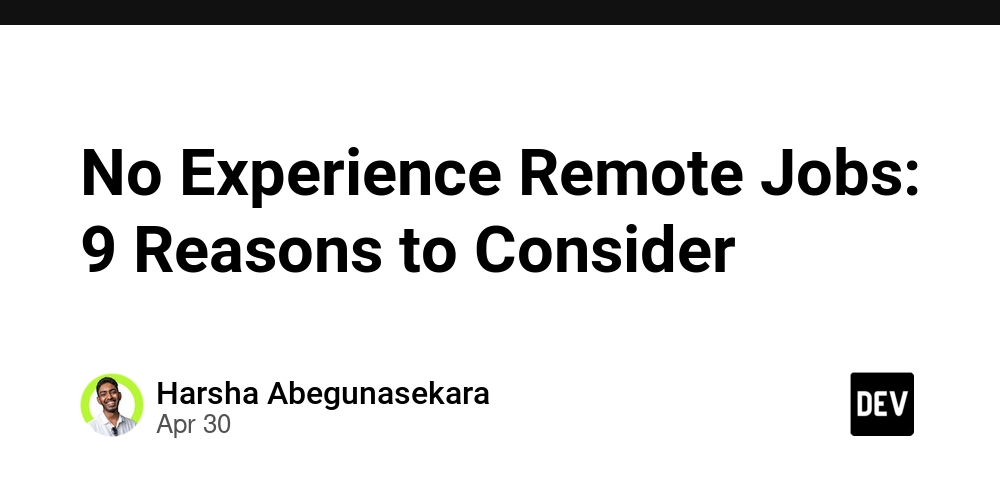












































































































_XFkvNLu.png?width=1920&height=1920&fit=bounds&quality=70&format=jpg&auto=webp#)






















_Tanapong_Sungkaew_via_Alamy.jpg?width=1280&auto=webp&quality=80&disable=upscale#)













































































































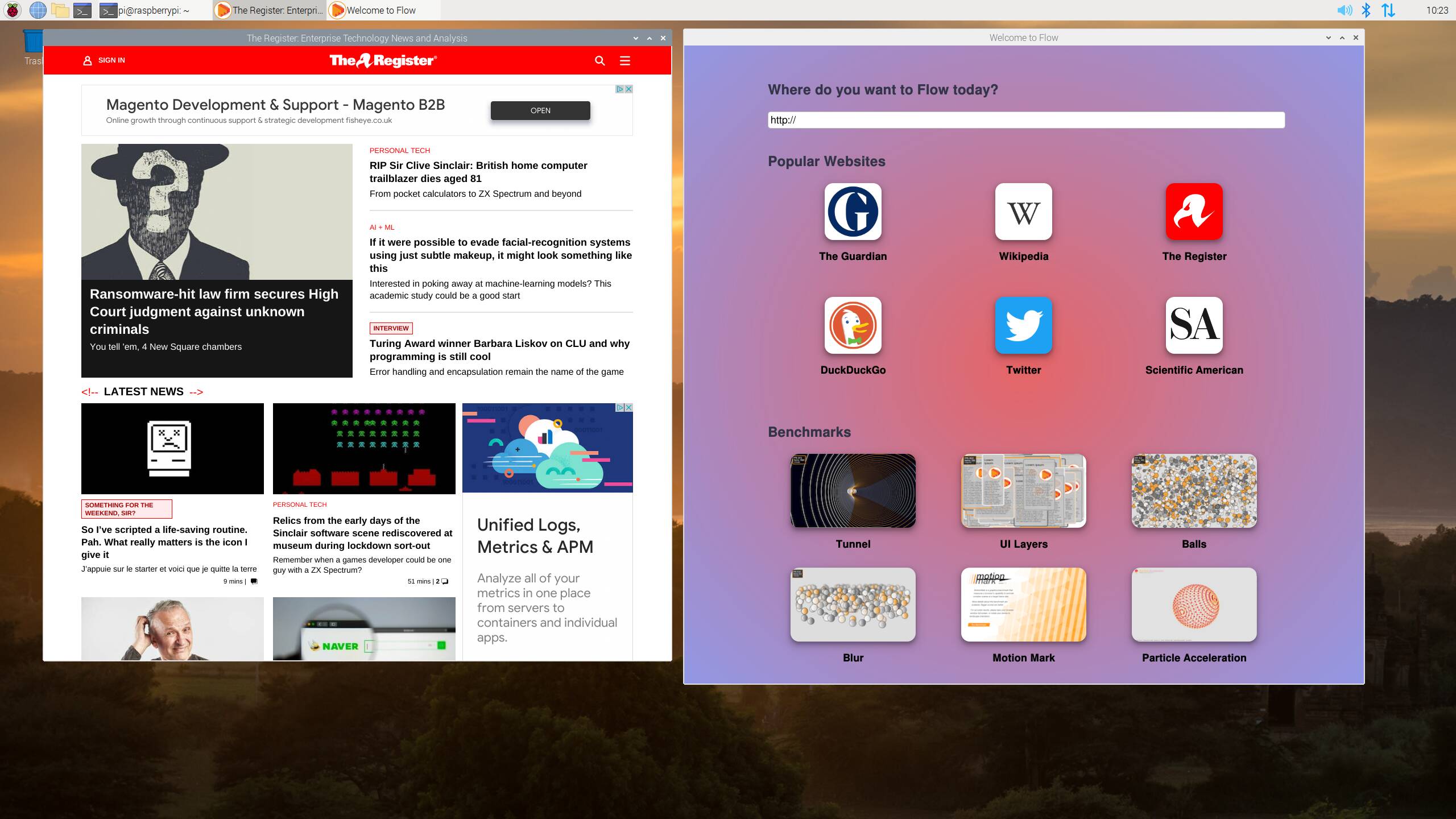

![Apple Restructures Global Affairs and Apple Music Teams [Report]](https://www.iclarified.com/images/news/97162/97162/97162-640.jpg)
![New iPhone Factory Goes Live in India, Another Just Days Away [Report]](https://www.iclarified.com/images/news/97165/97165/97165-640.jpg)
























































































